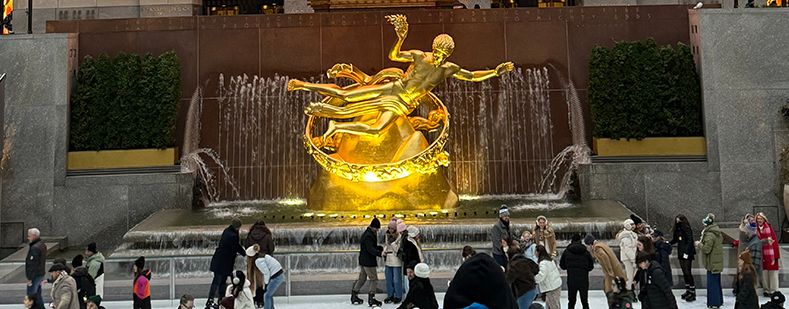At the center of Rockefeller Center in New York City stands Prometheus, the iconic 18-foot tall, eight-ton, gilded bronze sculpture seen by millions of visitors every year. As one of the most recognizable landmarks in the United States, Prometheus is one of the most photographed pieces of art in the country. Designed by Art Deco icon Paul Howard Manship, and originally installed nearly a century ago, the 2025 restoration work on this priceless sculpture required exceptional care.
Read more >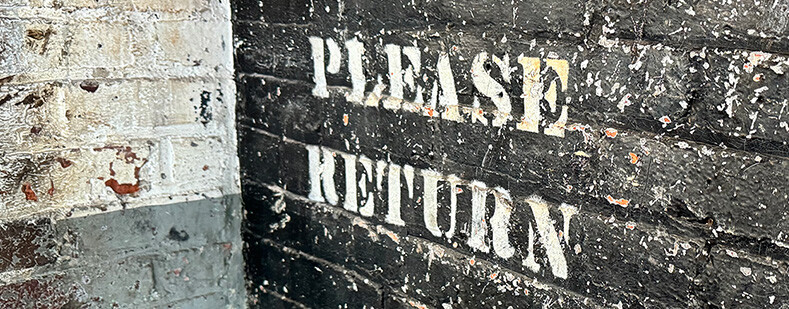
In the United States, Mill buildings have been community cornerstones since the 1800s. During the North American Industrial Revolution, thousands of mill buildings were constructed to allow for faster production of textiles and other goods. These high-producing areas, known informally as Mill Towns, suffered greatly in the late 20th century, leaving many of these former factories abandoned.
Read more >
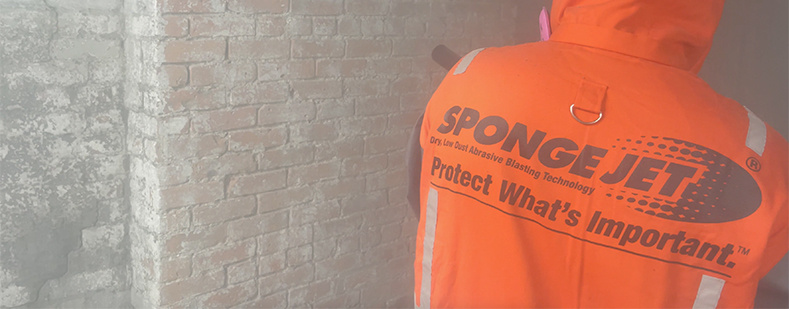
Jobs that are characterized as "abatement projects" typically involve the removal of hazardous materials from the surface. These types of projects are often found in places like industrial shipyards, factories, tanks, water treatment plants, mill buildings, and generally any building or structure built before 1980.
Read more >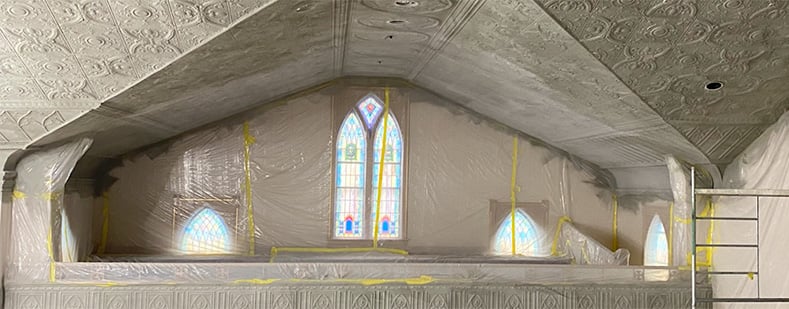
Located along the main road of Steeleville, Illinois (USA), sits a charming Lutheran Church called St. Mark’s. Surrounded by both homes and businesses in the center of the small town, the Church is a well-known landmark in the community. Prior to a recent renovation, the staff at St Mark's noticed that much of the white paint was peeling off of this decorative ceiling, leaving areas of exposed tin.
Read more >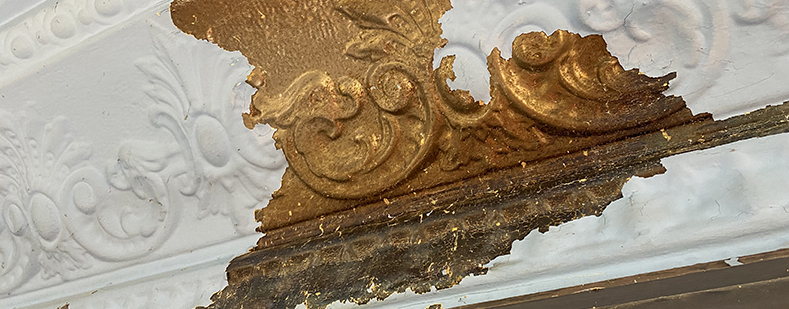
Tin ceilings are a popular decorative element in buildings, particularly in older structures. However, restoring a tin ceiling requires careful consideration and attention to detail. These ceilings are typically constructed of thin, delicate metal and can be easily damaged accidentally. Contractors that specialize in restoration should be consulted prior to the beginning of a tin ceiling restoration project.
Read more >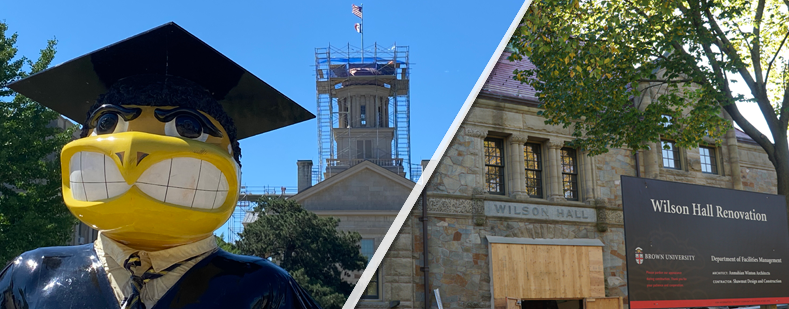
In the USA, some college and university campuses were founded 400 years ago, while globally some universities have been operating for nearly a millennia. Often, these institutions' most recognizable features are the unique visual characteristics of the campus' architecture. Whether these renowned structures are well-preserved originals or renovated within the last 100 years, periodic restoration, renovation, or maintenance projects are essential.
Read more >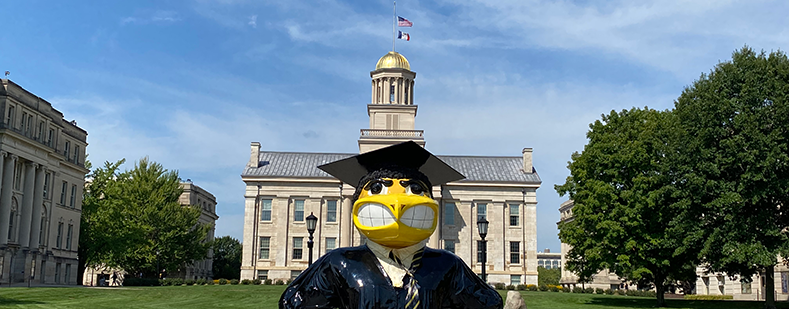
When the dome of the Old Capitol building began showing wear and tear from exposure to the extreme Midwest weather, it was critical that the existing gold leaf be removed and replaced without damaging the copper substrate.
Read more >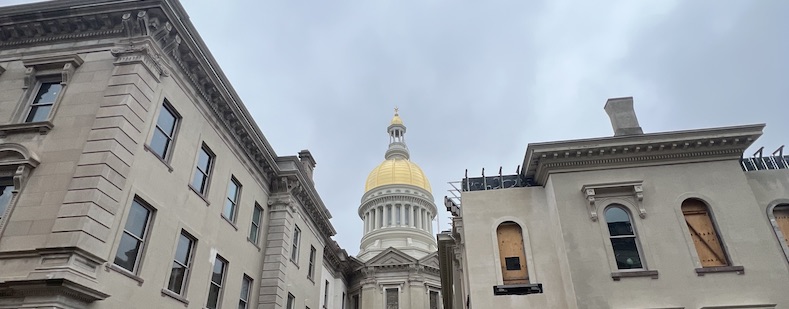
The New Jersey State House was built in 1792, and is the second oldest state house still in use. As part of a $300 million renovation, the restoration of the impressive gold dome structure was undertaken. This 160-foot tall (from floor to apex) dome is where sponge media blasting came to the rescue with the solution to a complex surface preparation and historical preservation problem.
Read more >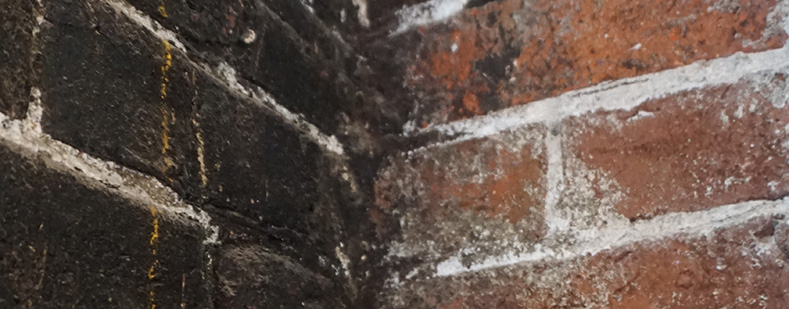
Fires can happen anywhere. While the cause of fires vary, every year thousands of homes, commercial properties, and industrial facilities deal with the cleanup after a blaze. In the aftermath of a fire, structural engineers and insurance companies will work together to determine if a property can be salvaged. In many cases, a fire restoration specialist will work with the owner to resurrect the property from the ashes.
Read more >
